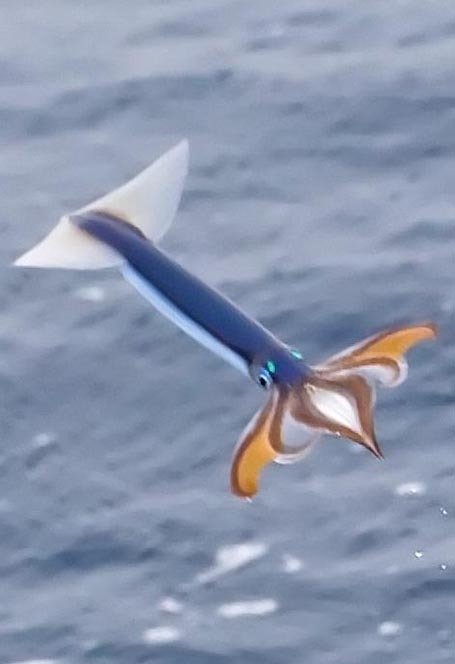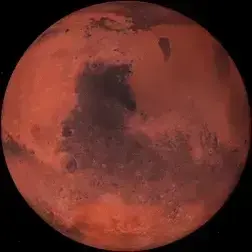This doesn’t mean you would know it was slower if you were there at the time. A second would still feel like a second. But, relative to us, it was five times slower.
I knew space and time were interlinked, and that space is expanding, but for some reason I never figured time would be expanding too.
Well, except it seems that it’s contracting rather than expanding.I can’t say I can truly wrap my mind around this one, but then again that’s exactly why I love astrophysics news like this.
For me I understand that because matter was much more condensed, space was more warped, therefore time flew slower (relative to how it flows right now)
The relativistic effect that gives rise to red-shifting will equally give rise to time-dilation and foreshortening, so not only are quasars red and slow from our perspective; but I hereby predict they are also flattened! I guess if they had NOT found evidence of slow quasar clocks, the headline would have been on MSNBC and CNN instead.
Oh, ok! They are just talking about normal relativistic/doppler time dilation then. The headline makes it sound as if they found an exotic source of time distortion in early universe, maybe something similar to “cosmic inflation”? But they just created an alternative way to measure timerate using quasars and statistics, to supplement already existing measurements using redshift of supernovas. Indeed the very existence of redshift itself is proof that what you are seeing is happening slower than realtime for you, because there is no sensible way to alter the spectral lines otherwise. About half of the magnitude of the distortion is classical doppler shift, and half is actual relativistic slowdown of time.
Can’t read the full paper, but it seems their observations reach redshift z=~5 at ~10% universe age. Stars and galaxies already existed, so the article headline saying “soon after the Big Bang” is a bit of a misnomer.







